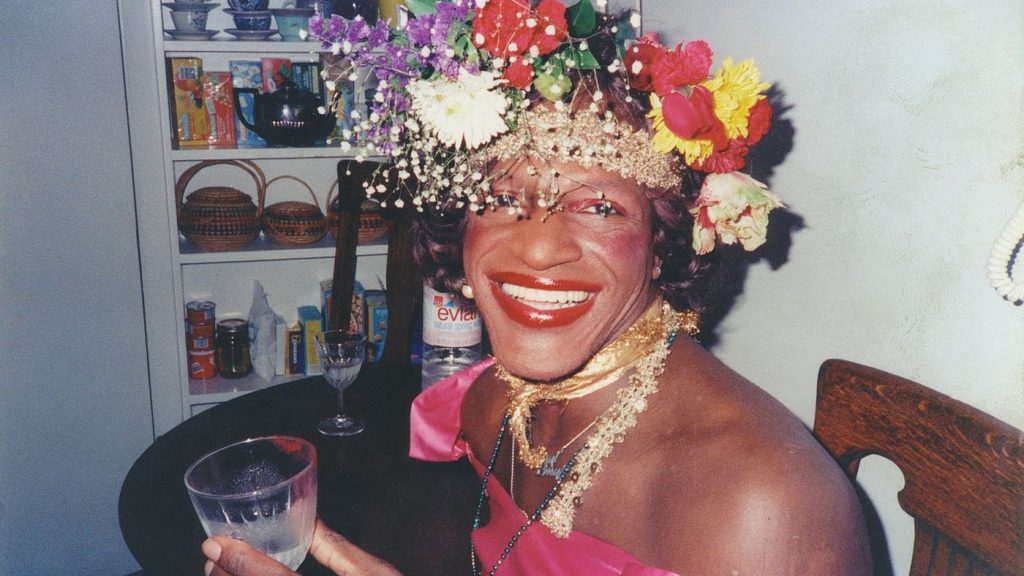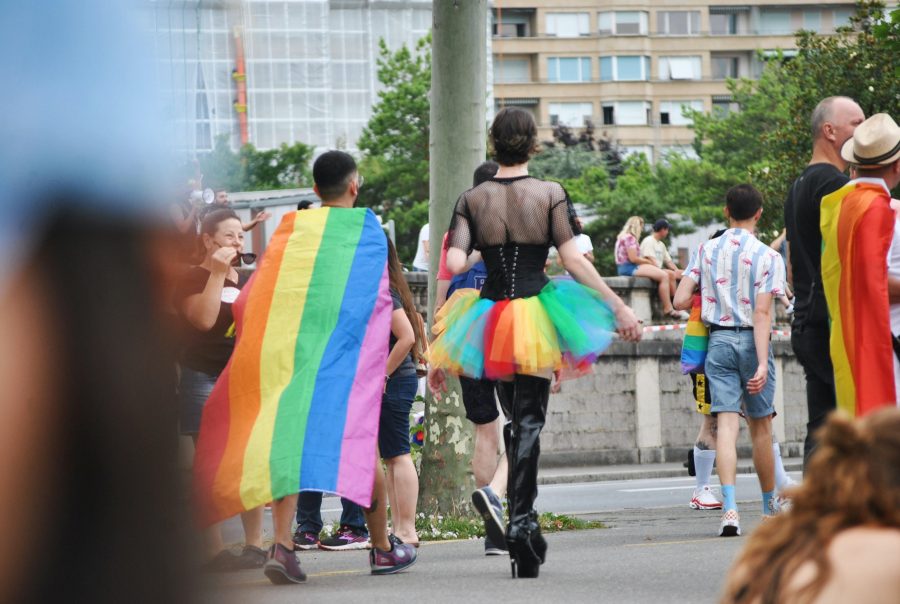Like many queer children, I felt out of place growing up. Although I was not uncomfortable with femininity, I experimented with masculinity by cutting my hair short and wearing more “masculine” clothes. My family and acquaintances often displayed their discomfort with my gender expression. Even if their comments were not always negative, I remember being told that a short haircut would attract too much attention, or make me “look like a boy.” Religious leaders encouraged heteronormativity and made sure to compliment me when I looked especially feminine. I am sure there were whispers about my possible queerness. When I look back, I can see that people speculated about my label before I even had the chance to define it for myself.
But the little thought that I did give my sexuality was squashed by homophobic influences and a misunderstanding of bisexuality. Every time my thoughts of attraction would steer towards women, I was confused. I dismissed the feeling, because I could not be gay if I was also into men, right? When I was finally able to unlearn some of the homophobia I had been taught, I realized that my sexuality was not an “either… or” orientation. And neither was my gender. For me, unlearning homophobia meant understanding the complexity of the queer experience. The American Evangelical Christian environment I was raised in portrayed gender and sexuality as binary. If queerness was allowed at all, it was confined to the labels of “gay” or “straight.” Gray areas were not allowed, because they were not easy to control.
More and more queer people today are rejecting labels. In my view, the ideal society is one in which “coming-out” is superfluous and gender and sexuality are discovered rather than assumed. But why are some people still holding on to the labels they use to define themselves? I think that people do this for the same reason I am still attached to the idea of labeling myself; it is the only way for the rest of the world to understand at least a fragment of my identity. I grew up in a family that taught me being gay, lesbian, trans, or genderfluid was a sin. When I came out, I was told that no one is gay, they are just “sinning.”
Heternormative culture dismissed even the possibility of labeling oneself as queer, making heterosexuality the only legitmate sexuality. Popular homophobic thinking did not just diminish queerness, but invalidated queer people’s experience by denying their existence altogether. The homophobia that I faced was largely based on the concept of eliminating queer people’s identity and lived experience. When queer people define themselves, they fly in the face of heteronormativity by saying to the world, “this is who I am, and you have to acknowledge me.” By ignoring the labels that queer people have created to talk about their experience, queer identity becomes impossible to discuss. This general invalidation of possibilities of identity gaslights queer people who are just coming into their identity.
I came from American Evangelical right-wing culture, where my love for all human beings is reduced to “homosexual behavior” and “desires.” In a way, telling myself, “I am gay,” is reclaiming a word that was used against me as a slur. This is also the reason why I often proudly refer to myself as a “dyke.” I believe that this is why so many members of the LGBTQ+ community are attached to labels; it validates our unique way of moving through the world, and also makes it easier to explain our identity to others. If labels were presented negatively to queer people by heternormative culture, it can be healing and liberating to be proud of identifying as bisexual, pansexual, lesbian, gay, or transgender. But in the same vein, many queer people are uncomfortable with labels and the pressure to define their sexuality or gender. They may not feel that they fit into any of the current labels or feel comfortable with their ambiguity. More and more, the mainstream LGBTQ+ community is accepting gender and sexual fluidity.
Marsha P. Johnson, who is one of my personal heroes and an LGBTQ+ icon, was present at the infamous 1969 Stonewall Riots, the riots prompted by a police raid of a gay bar in New York City which symbolize the start of the Gay Rights movement. She spoke of herself using many labels. Since she lived before the term “transgender” became a widespread term, she would alternately call herself a “drag queen,” “transvestite,” “transsexual,” or “gay.” Not all these labels are considered acceptable today, but she worked with what she had. And this is what I would recommend to queer people when dealing with labels: utilize labels in a way that works for your unique identity. If labels are useful for identifying yourself or reclaiming a negative association with queerness, then use one or multiple. If you do not feel comfortable with a label, then honor that. After all, queerness is all about breaking out of normative structures.

Credit: From the Documentary “The Death and Life of Marsha P. Johnson”
I still struggle with what to label myself. I now go by she/they pronouns, which reflects my gender nonconformity. I also identify as both bi- and pansexual. Both terms mean someone who is attracted to all genders. Bisexuality usually describes someone who has a gender preference. For example, someone who is bisexual could prefer non-binary people. Pansexuality conveys a more gender-free version of sexuality. Usually, pansexuals do not think about gender at all, they are just attracted to individual people. Gender does not matter at all to them. It is possible to use both of these labels, and I feel that they both describe my fluid sexuality. I am proud of the labels I have chosen and talk about them often in my daily life. This stems from the culture I grew up in, where queerness was not the norm, so I had to announce my identity using a label. I am still exploring my sexuality, and I am open to changing my labels in the future if I discover more about myself. But many of my friends and acquaintances do not want to assign a definition to their sexuality. Both stances are valid and need to be respected. I think that is why the term “queer” has started to circulate more among young people; it allows them to separate themselves from heteronormative society without the pressure of putting themselves in a box.
No one knows more about your gender and sexuality than you do, and you have the power to define it as you will. Whether that means strict labels or the complete rejection of them, you can decide for yourself. Queer people are interrupting cis-het culture every day by reimagining identifiers of gender and sexuality, demonstrating just how expansive sexuality and gender can be. Stay open to the possibilities. Allow yourself to wear a button-up, or heels, or whatever the hell you want. Kiss non-binary people, men, women, or all of them. The thing I love most about my queerness is its expansiveness. Audre Lorde, a queer Black writer and civil-rights activist, said, “If I didn’t define myself for myself, I would be crunched into other people’s fantasies for me and eaten alive.” Every morning could be a new opportunity to express yourself and your unique contribution to the world. To define yourself for yourself. What will you say to the world through your bold self-definition? How will you reject other people’s fantasies and proclaim your own reality?


Thank you, I didn’t know about Pansexuality